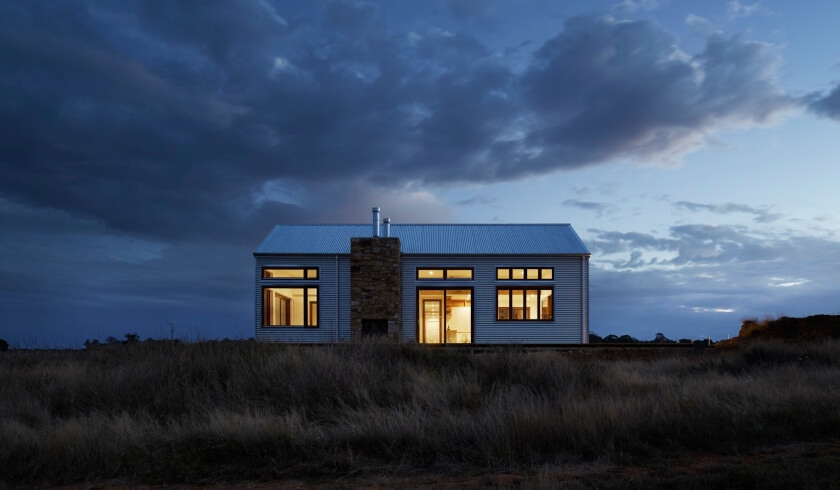4 factors to consider before buying a house-and-land package
House-and-land packages help investors take advantage of favourable market conditions and, ultimately, build equity in a faster, more efficient way. How exactly do you exactly find a good package and maximise its wealth-creation potential?

While it’s definitely a good way to acquire a residence and a plot of land at the same time, Positive Real Estate’s Sam Saggers strongly encouraged investors to do due diligence and seek the help of property professionals, where appropriate, before purchasing this type of investment.
To continue reading the rest of this article, please log in.
Create free account to get unlimited news articles and more!
The property professional shared the variables he takes into account when selecting a house-and-land package that can generate good value:
1. New established benchmark (NEB) variation
When torn between buying an old property or a new property, Mr Saggers suggested computing for the new established benchmark (NEB) to determine the better buy.
The old property is the ideal investment if the NEB variation is high, according to him.
He explained: “If an old property in a micro market—suburb or town—is worth $200,000 and a comparable new property is worth $300,000, then the old property would be the better buy because the ‘new established benchmark’ (NEB) variation is $100,000.”
Once the property has increased in value post-renovation, you can then extract profit from it to continue growing your portfolio.
On the other hand, according to the property professional, a low NEB variation means that you should instead consider purchasing the new property.
“If the old property was worth $280,000 and a similar new property in the micro market was worth $300,000, then the NEB variation is low at $20,000,” he said.
Mr Saggers explained further: “The new property is thus the better buy as the investor would not be able to add value through renovation to the old property in order to compete with the new property.”
2. Target market
Aside from considering NEB variation, he also encouraged investors to determine the market they would like to cater to before purchasing an asset.
According to him, areas where there are more owner-occupiers than investors will prove to be beneficial in the long-term., especially if you are a first-time buyer or a new investor.
3. Supply and demand
One of the advantages of investing in an owner-occupier market is the potential for generating more value due to a consistency of demand.
Developers often only release supply when they know that there will be an abundance of interested buyers, so more investor demand will not necessarily 'hasten the release stages or increase the prices [artificially]', Mr Saggers said. The oversupply will eventually lead to a consistent rise in prices.
The property professional explained: “House and land packages are often released in stages so that the developer can achieve higher profits.”
“The first release will generally have the lowest entry-point price, and this will then build to the last release, which will most likely have the highest price,” he added.
4. Rental returns
Another benefit of targeting owner-occupier estates is the higher rental yield, which is instrumental to the success of an investment.
According to Mr Saggers, the yield in these markets can get up to 1 per cent higher than similar neighbourhoods with greater investor influence.
Moreover, a high rental yield can also be an indicator of a good potential for growth.
He said: “Yield variation is an instrument to help gauge market growth because as yields expand, growth will follow and compress closer to already expanded yields. The further the yield advances, the more likely a growth expansion phase will follow.”

